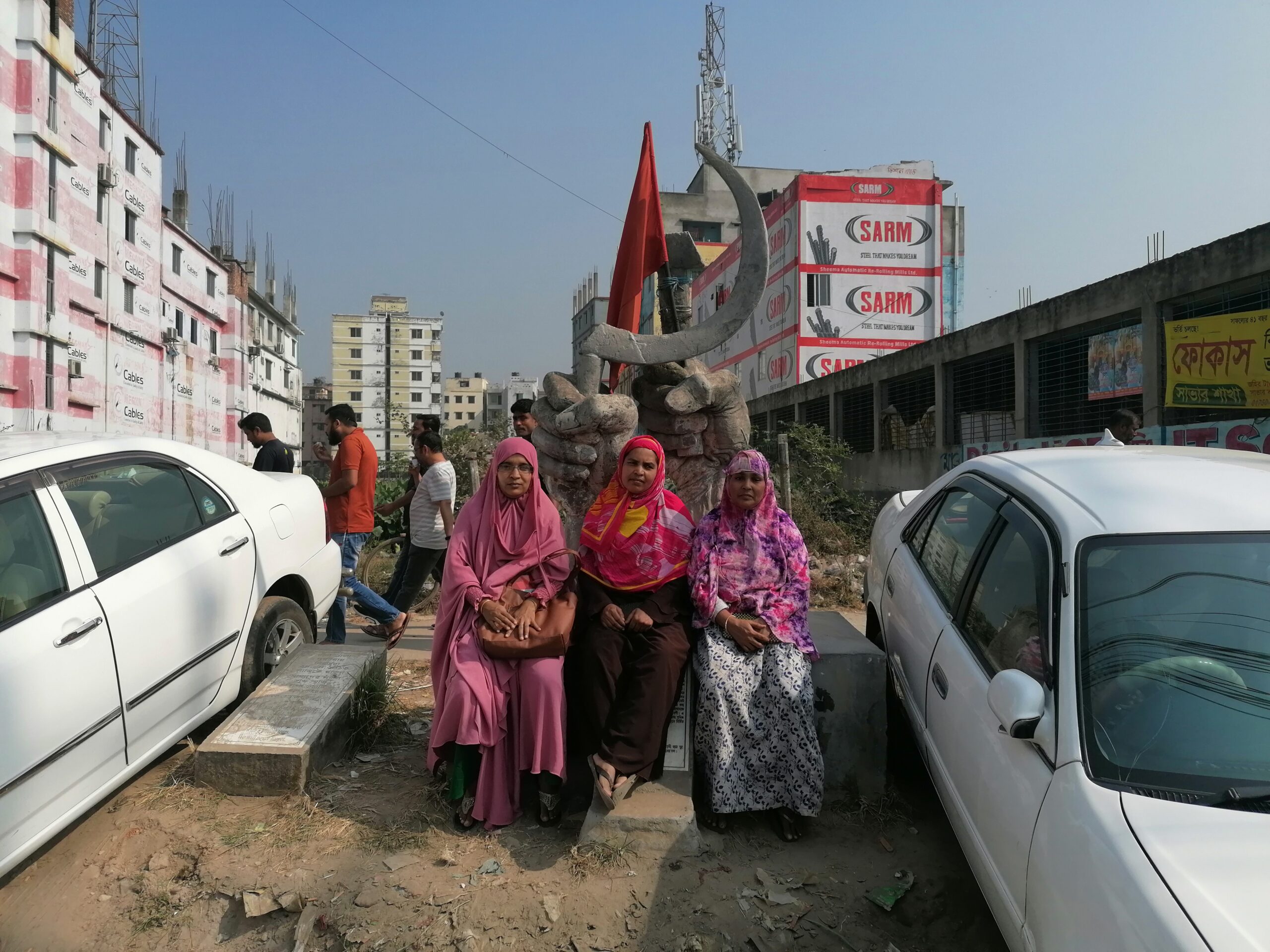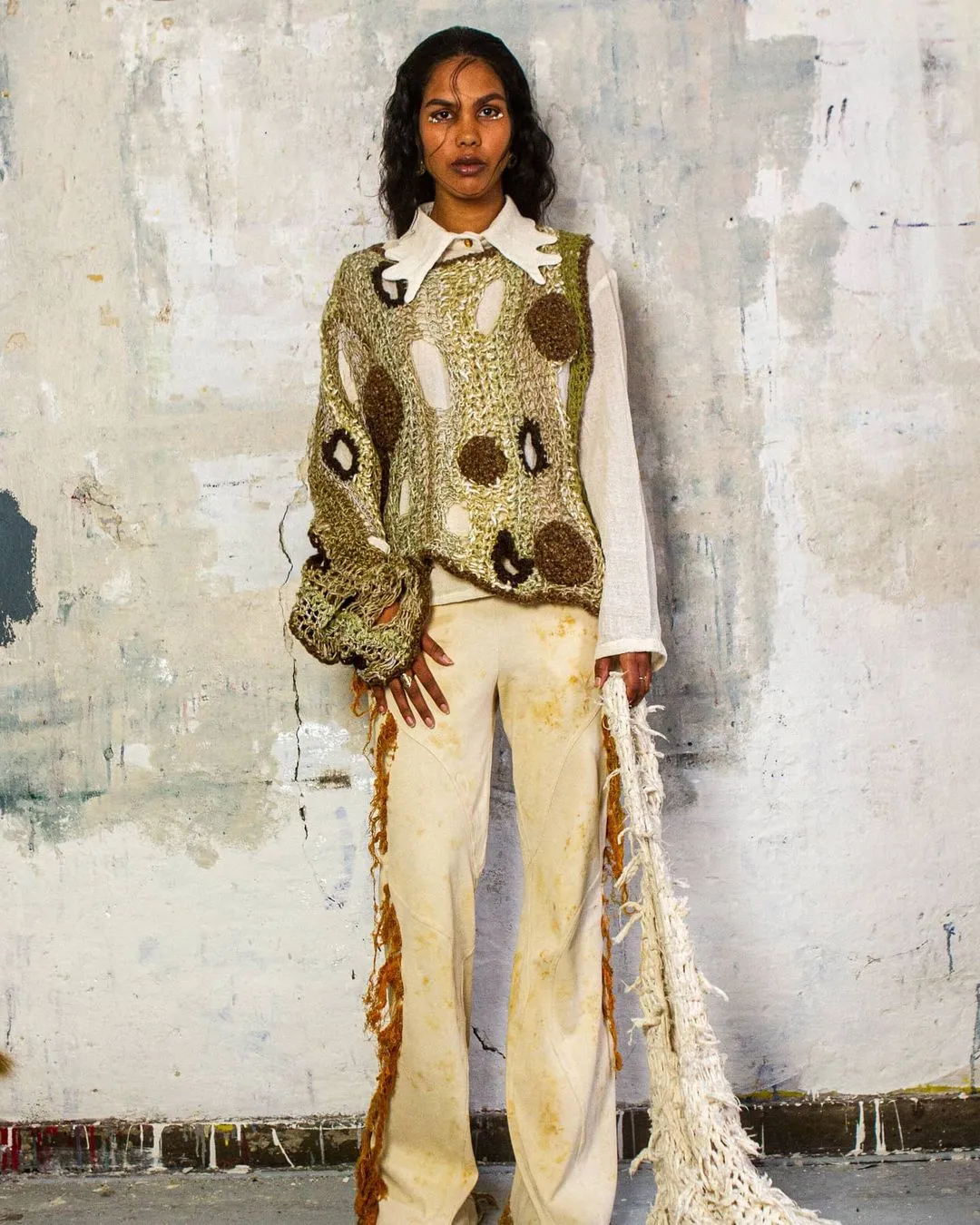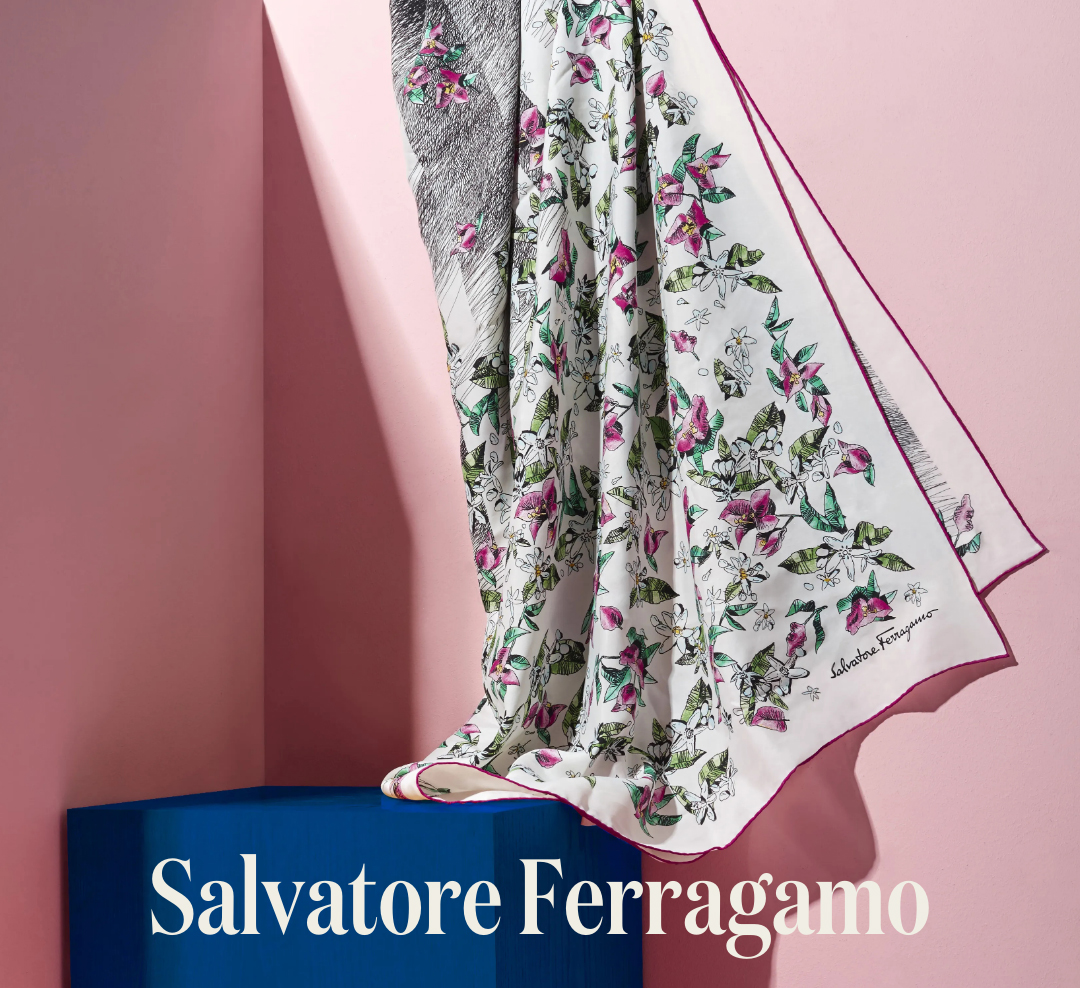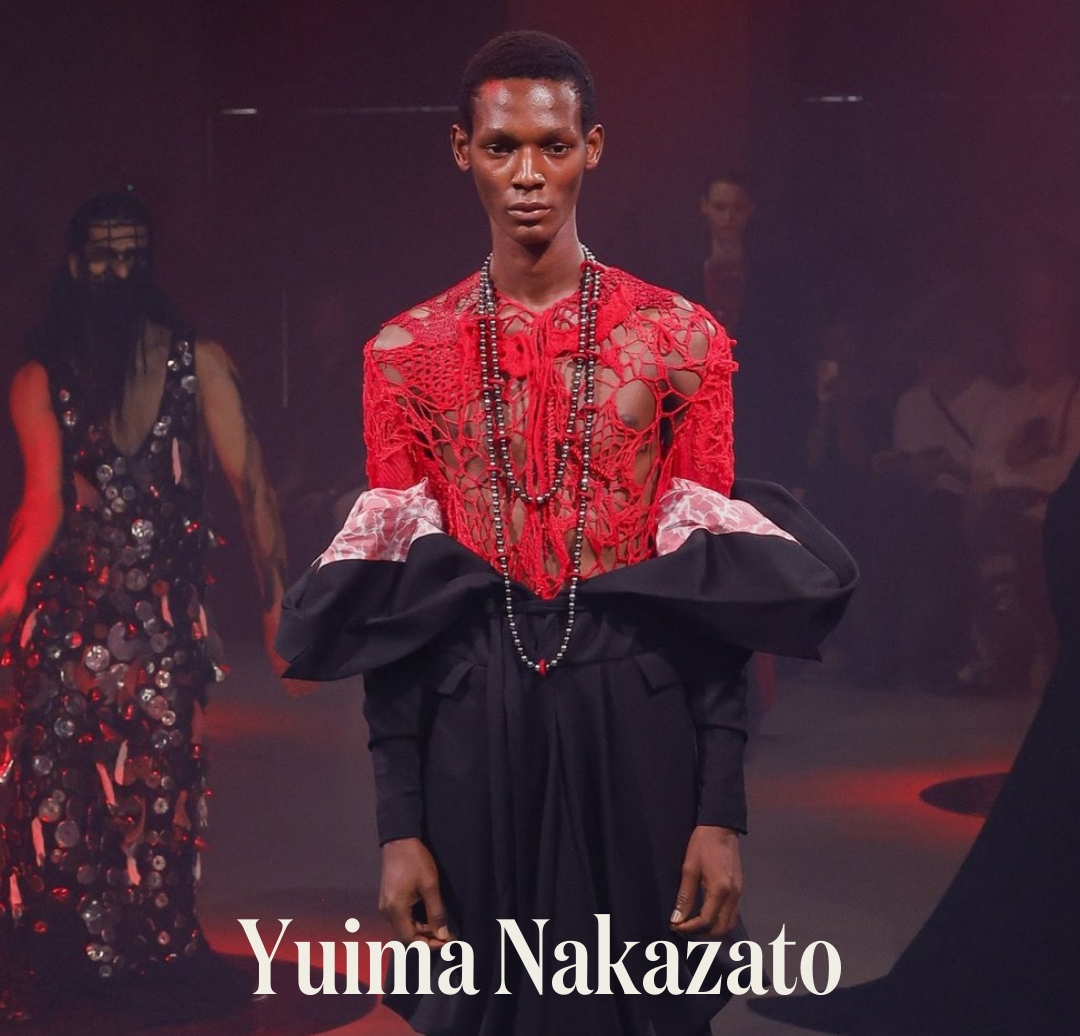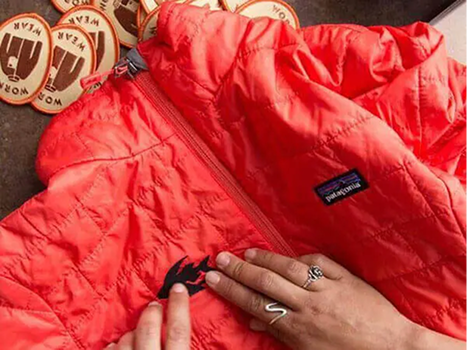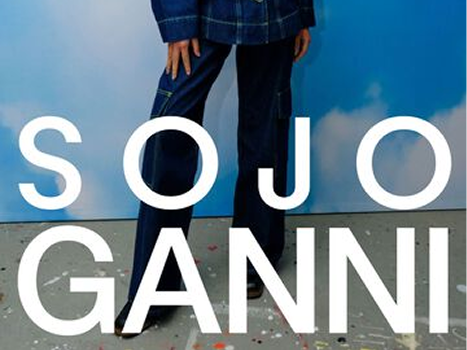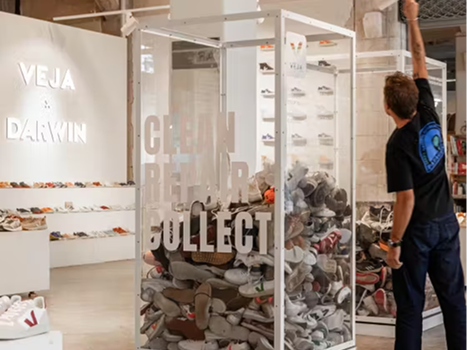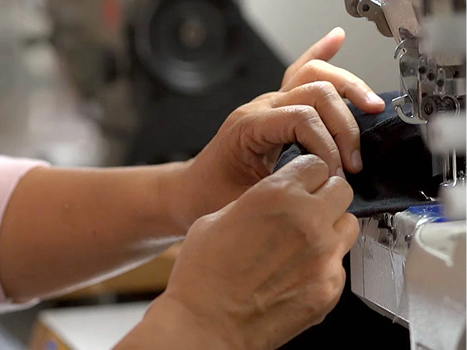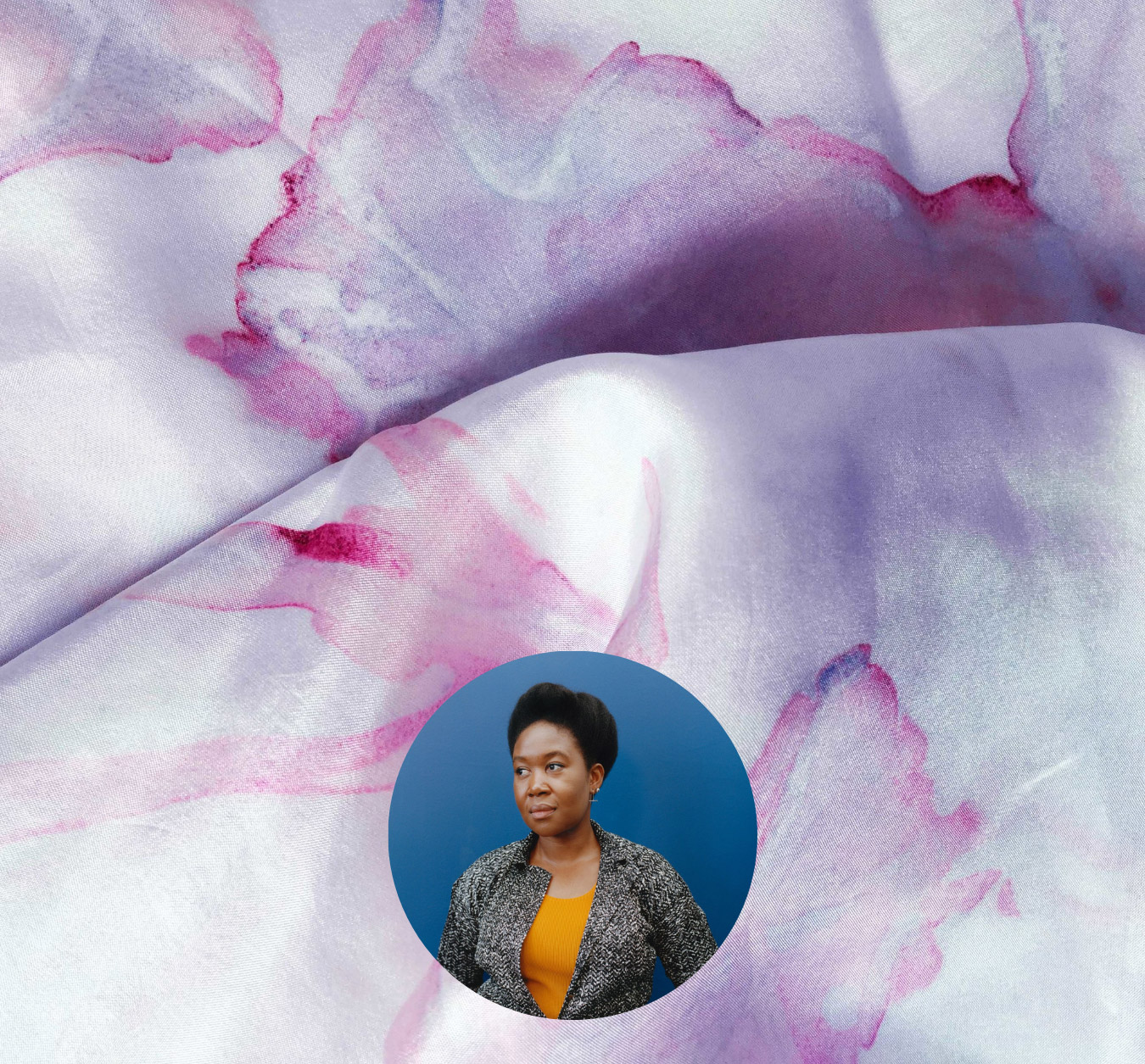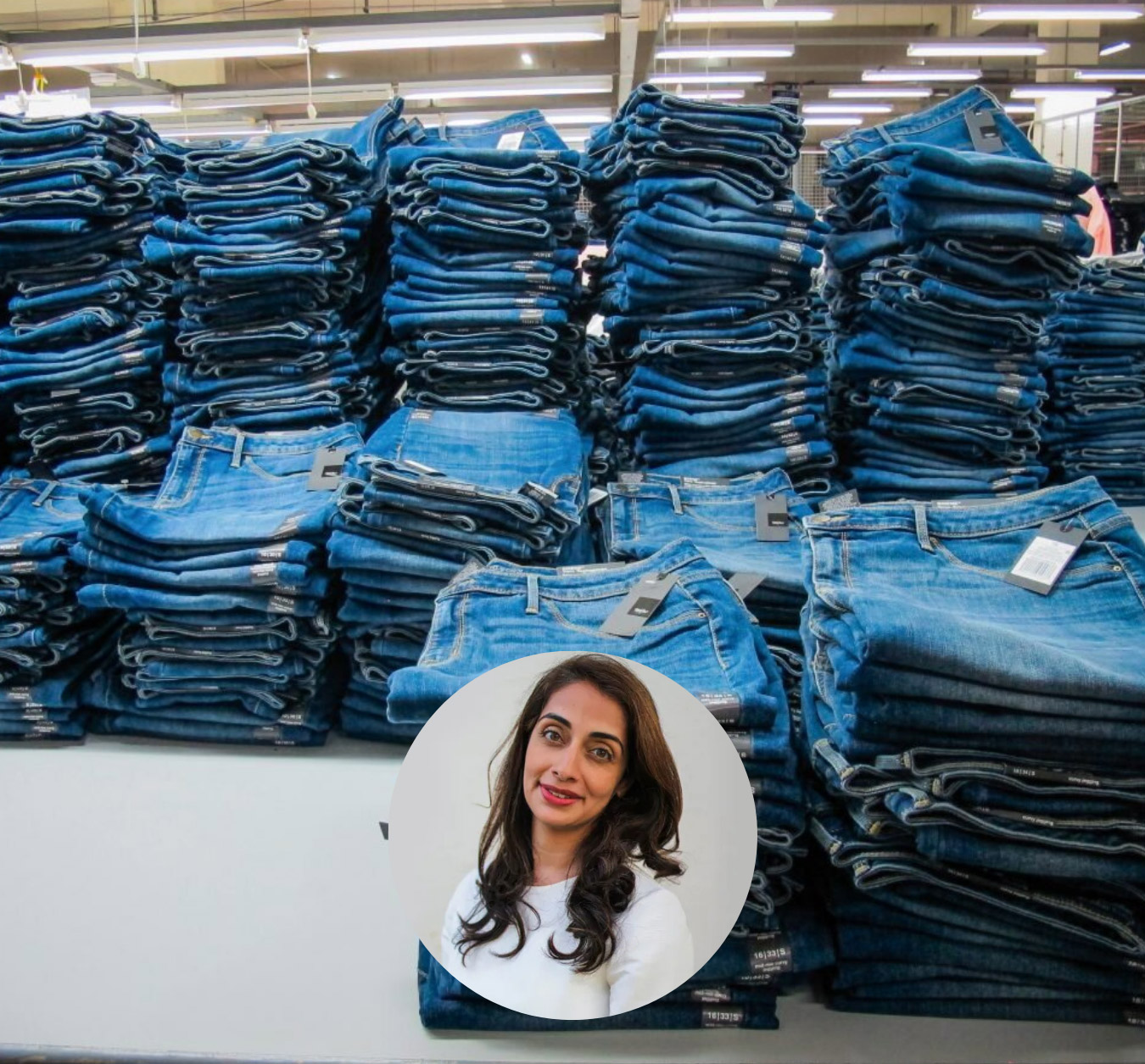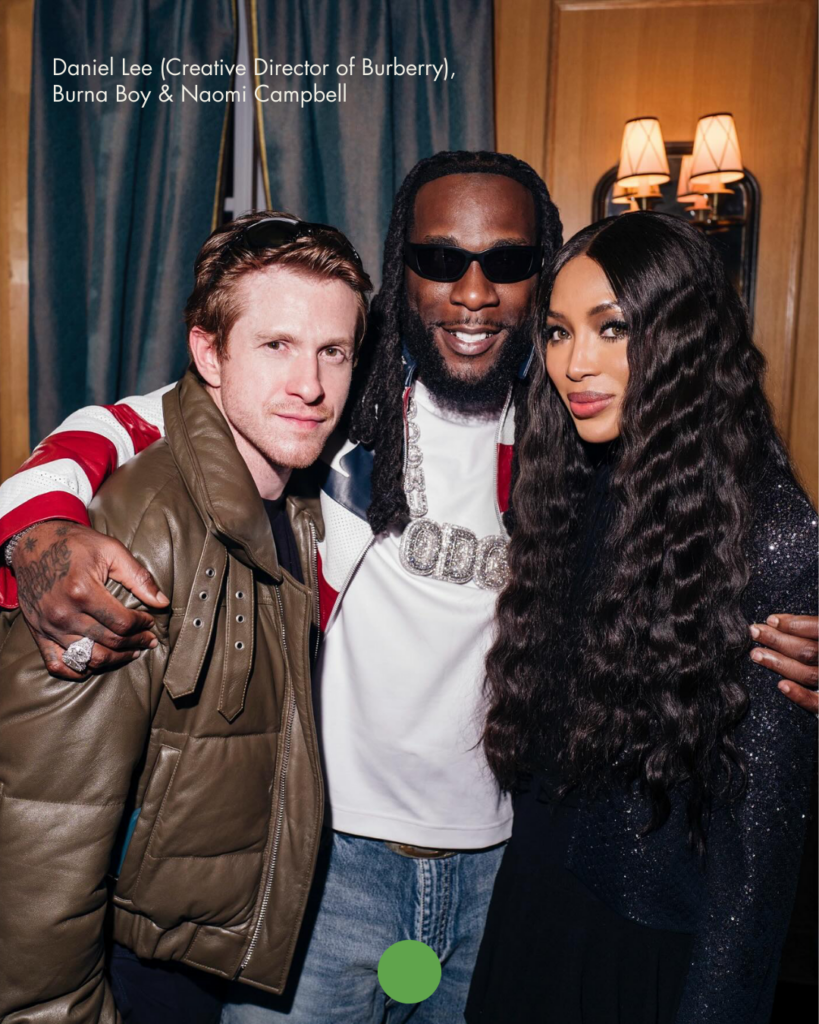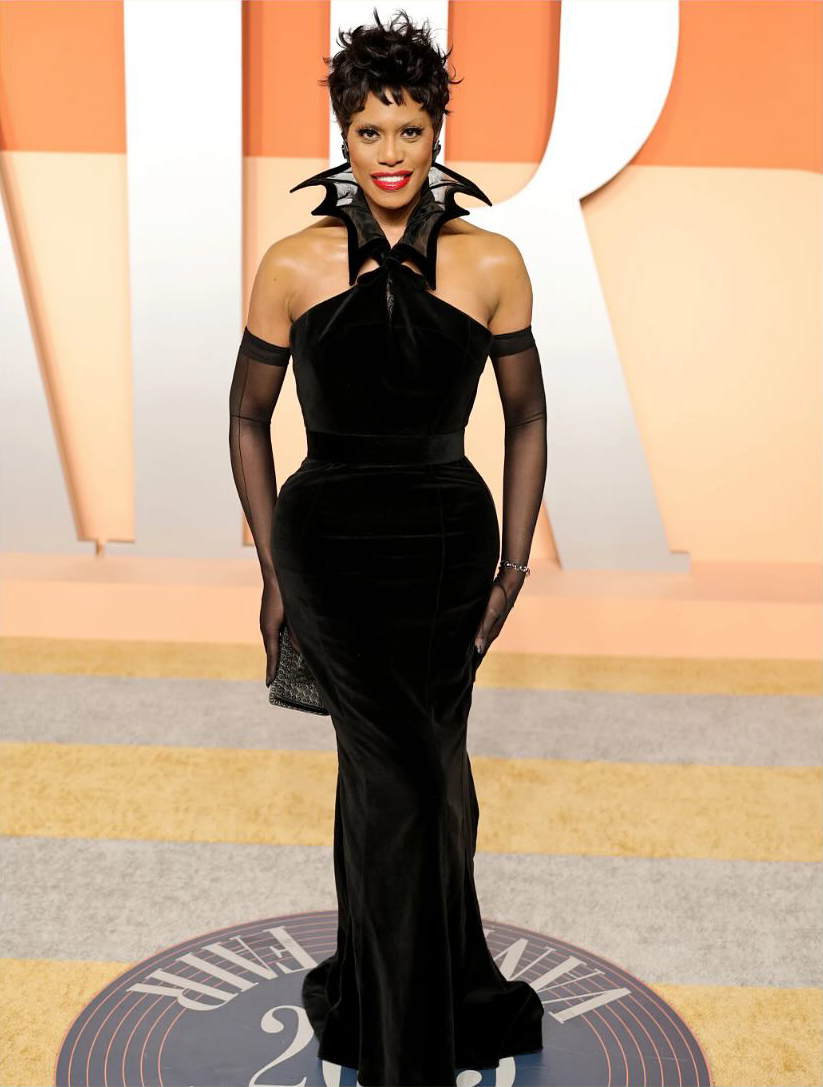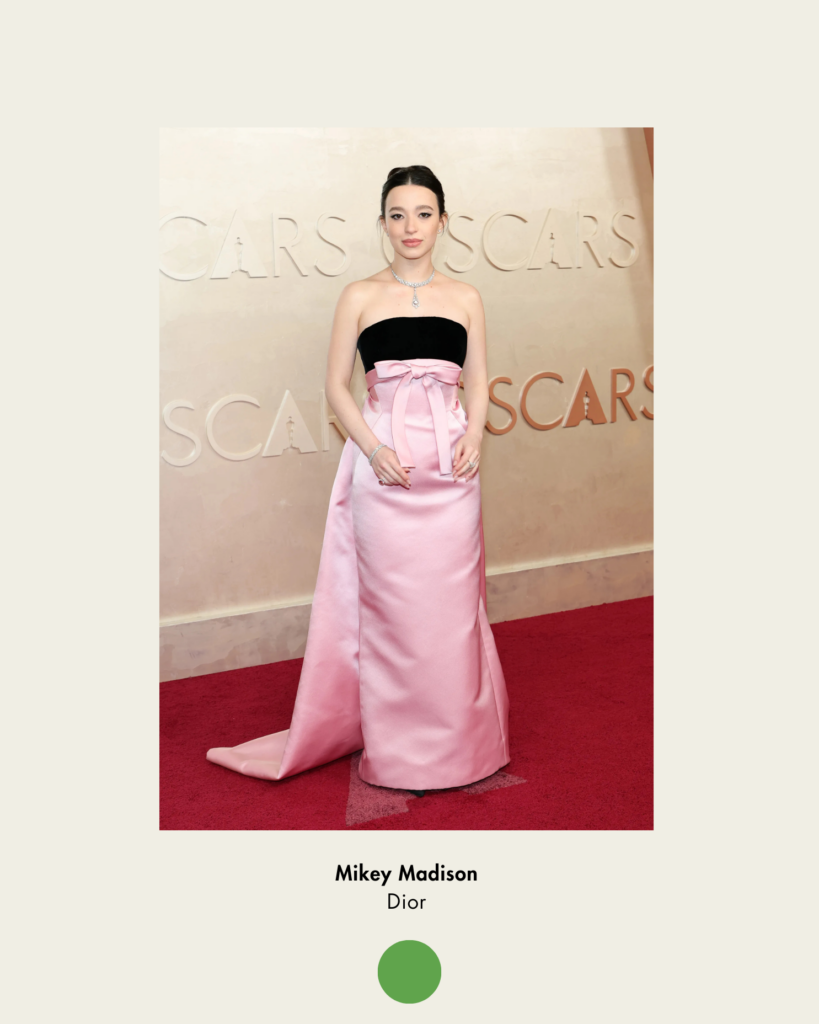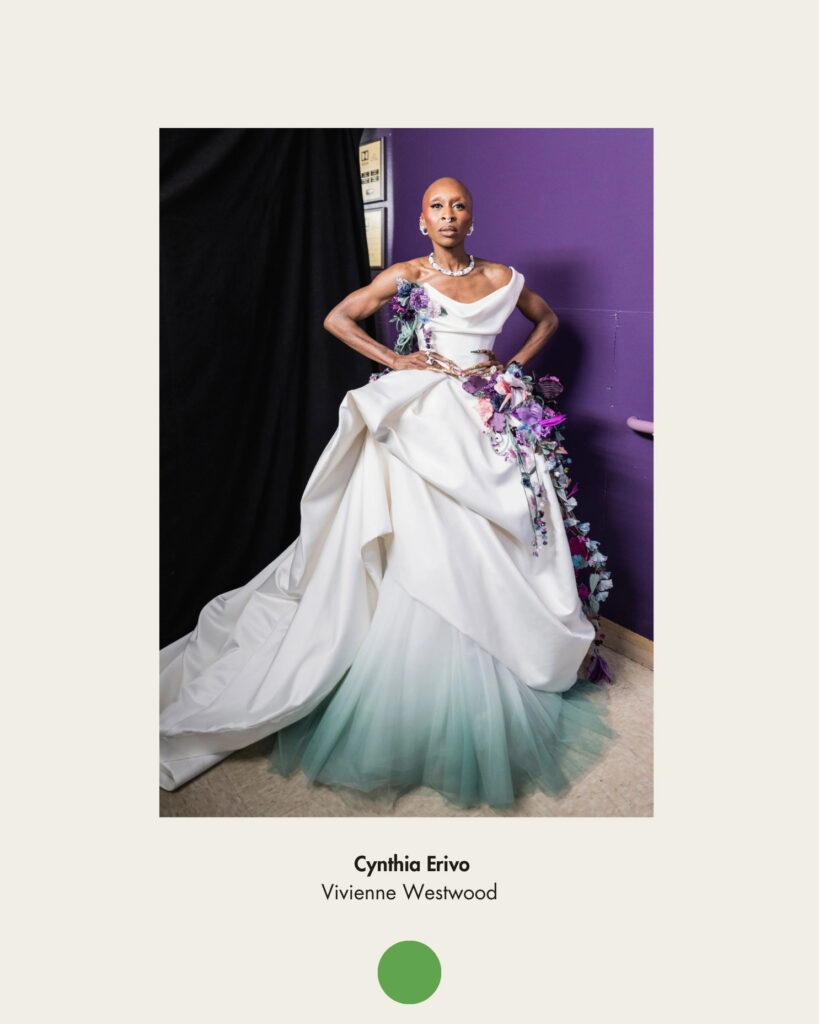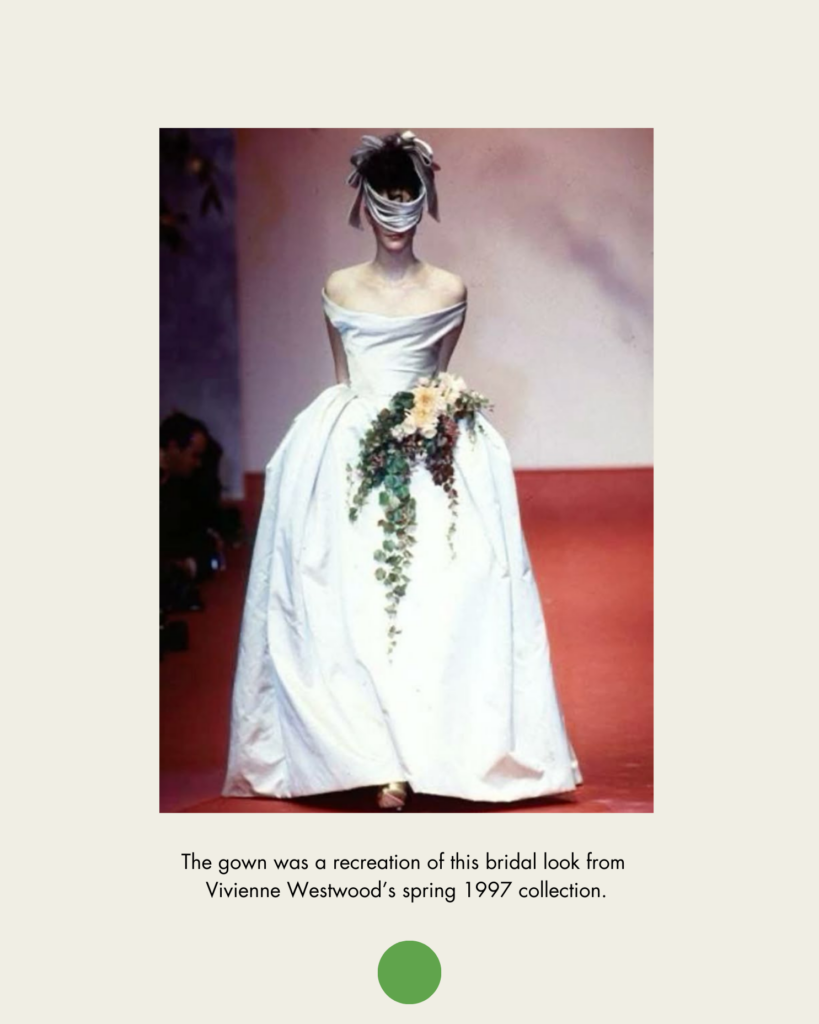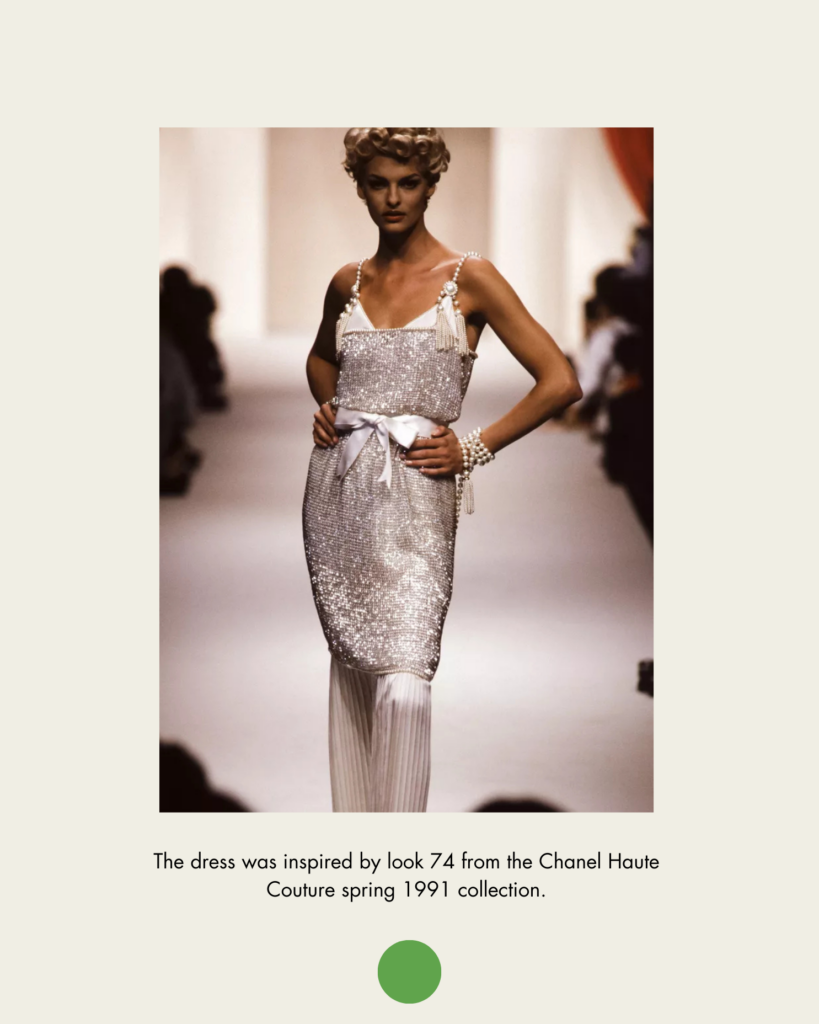Twelve years ago today, an eight-storey building in Bangladesh collapsed. The disaster occurred at 9am on 24 April 2013. About 2,500 people were pulled alive from the rubble. But 1,134 people—mostly young women—died.
These deaths weren’t caused by natural disaster. No earthquake triggered the collapse. The tragedy resulted from criminal neglect and callous greed. The building was home to five garment factories. Its collapse remains the deadliest disaster of its kind over a decade later.
Signs of structural failure were evident 24 hours earlier. Shops and banks on the lower floors closed immediately. The garment factories on upper floors stayed open. Some workers faced threats of withheld wages if they didn’t show up. Without proper rights advocacy, they felt they had no choice.
Appearances vs Reality
Twelve years later, much appears to have changed in Bangladesh. Major protests erupted after Rana Plaza. The Bangladesh Accord was established in 2013. Later came the International Accord for Health and Safety in the Garment and Textile Industry.
Look deeper, though. Too much remains the same.
“The garment industry in Bangladesh faces conditions alarmingly similar to those before Rana Plaza,” Rashedur Chowdhury, Professor of Business at the University of Essex tells Eco Age. “Working conditions remain extremely poor. Workers have very limited avenues for self-representation or collective wage bargaining. Wages continue to be abysmally low despite their immense labour.”
Chowdhury has spent considerable time in Bangladesh. He notes that worker exploitation extends beyond local issues. “Western brands remain reluctant to take direct responsibility for Bangladeshi workers’ welfare. They rely on local suppliers as intermediaries. This lets them exploit labour while avoiding accountability. If these brands assumed direct responsibility, both working conditions and wages could significantly improve.”
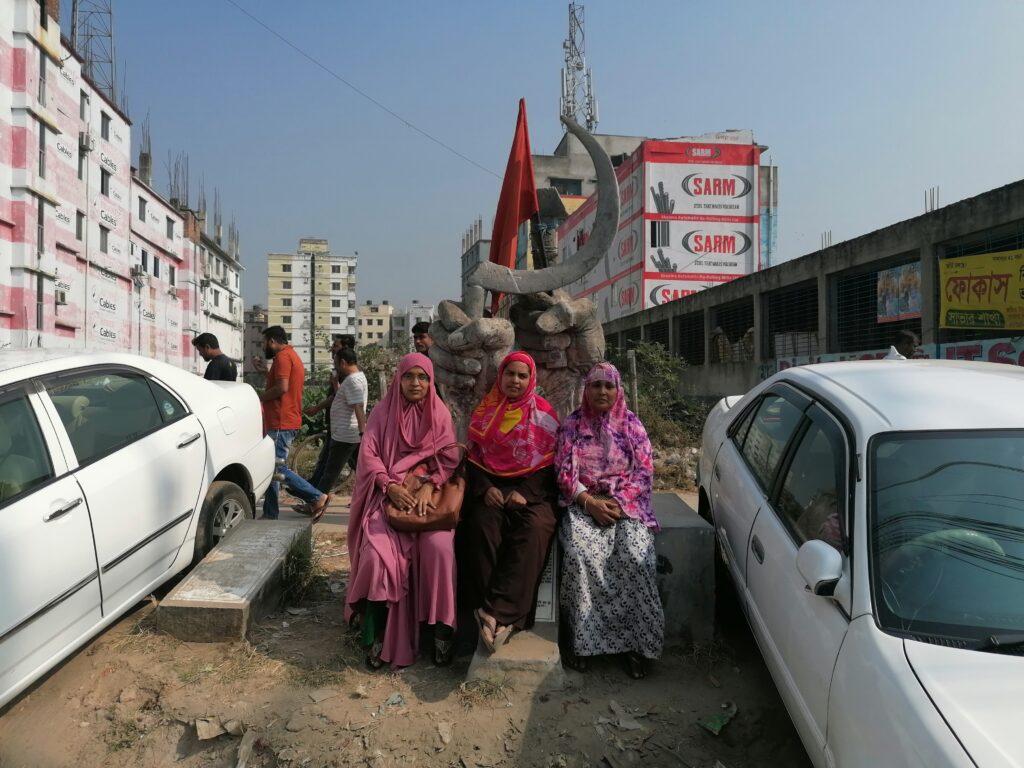
Survivors Taslima, Anjura and Nilufa at the Rana Plaza memorial in Savar, 2022.
This remains far from reality. “Western brands—through subcontracting—fail to recognise workers as primary stakeholders,” Chowdhury explains. “This approach helped them avoid legal accountability after Rana Plaza. They evaded paying adequate compensation by claiming indirect involvement.”
This indicts the fashion industry’s complacency and complicity. The status quo remains despite proving catastrophically unfit at great human cost.
“Despite benefiting from marginalised workers’ labour, Western brands avoid both direct and legal responsibilities,” Chowdhury adds. “Bangladeshi garment workers’ living and working conditions continue to deteriorate. Local suppliers justify poor wages by pointing to cost-cutting pressures from these brands.”
This sustains ongoing unrest. “Infrastructural improvements have been minimal. If another catastrophe like Rana Plaza occurred, Western brands would likely sidestep responsibility again.”
That we remain in a barely-changed system twelve years after such a disaster is unconscionable.
“The garment industry in Bangladesh is facing conditions alarmingly similar to those that led to the Rana Plaza collapse.” – Professor Rashedur Chowdhury
Bridging the Gap
The first step forward requires closing the gap between garment workers and buyers. People who buy clothes need to understand where they come from and how they’re made. Western brands have used cognitive dissonance to obscure their products’ origins. This shields them from scrutiny by the one group they might listen to: paying customers.
Activist Lavinia Muth holds strong opinions on this subject. She previously worked as a corporate social responsibility auditor before focusing on community-based justice work. Speaking to Eco Age she says: “Rana Plaza wasn’t a ‘wake-up call.’ It was a human disaster echoing the industry’s extractive logic. Black and brown lives remain disposable in fast fashion supply chains. Twelve years later, many families still await full reparations. Meanwhile, brands tout ‘ethical audits’ as alibis.”
According to the Clean Clothes Campaign, the international Accord “only inspects the final tier of garment production.” This creates dangerous loopholes. “Workers deeper in supply chains risk their lives in textile mills and dyeing facilities without the same safety measures.” Even legally-binding initiatives like this only achieve surface-level change, not systemic reform.
The CCC acknowledges some progress. The Accord—signed by 200 global brands—has prevented similar disasters since 2013. Improvements include “installing fire-fighting equipment, removing locks from doors, renovating unsafe buildings, providing worker training, and establishing complaint mechanisms.”
But as an option rather than a requirement, it doesn’t go far enough. This isn’t surprising. Corporations will only sign agreements like the Accord if their bottom line faces minimal disruption. Even with this watered-down approach, major players like Levi’s and VF Corporation refuse to participate. They self-monitor using their own metrics rather than accepting rigorous industry-wide standards.

The former site of the Rana Plaza building in Savar, Bangladesh.
Opportunity for Change
Despite this, significant change remains possible. Muth believes 2025 offers a potential turning point—a chance to reshape the industry. She outlines three key changes Bangladesh’s interim government must make:
- “Abolish poverty wages: Garment workers are experts, not ‘cheap labor.’ Their unions demand $350/month; brands must pay the true cost.”
2. “Divest from fossil fabrics: Polyester fuels climate chaos.
3. “Redirect subsidies to natural fibres and worker-owned cooperatives from Dhaka to Chittagong.”
From here, Muth suggests, “Bangladesh could lead a just transition—decarbonising mills, retrofitting factories with solar energy. But this requires Global North creditors to cancel its crushing debts. The same banks financing fast fashion’s pollution profit twice: from exploitation, then from climate loans.”
Industry Perspective
Abdullah Hil Rakib offers a different viewpoint to Eco Age. As Managing Director of Team Group and former Senior Vice President of Bangladesh Garment Manufacturers and Export Association, he sees positive changes since Rana Plaza.
“One silver lining of the tragedy is that it transformed Bangladesh’s apparel industry into one of the world’s safest. All factories underwent inspection by national and international experts. With necessary remediation, we ensured structural, fire and electrical safety everywhere.”
“Rana Plaza was not a “wake-up call.” It was a human disaster, one that echoed the industry’s extractive logic, where Black and brown lives remain disposable to fast fashion’s supply chains.” – Lavinia Muth
Whether reality matches this optimistic assessment remains questionable. But some progress has clearly occurred over the past decade.
“Workers’ minimum wages have increased more than six times since 2010. As the industry grows, so do their wages. There’s been a 5% annual increment,” Rakib notes. “Bangladesh’s government has amended its Labour Act three times—in 2013, 2018 and 2023—to align with international standards. The requirement for worker participation in union registration dropped from 30% to 20% in 2018. Now it’s further reduced to 15% for factories employing over 3,000 workers.”
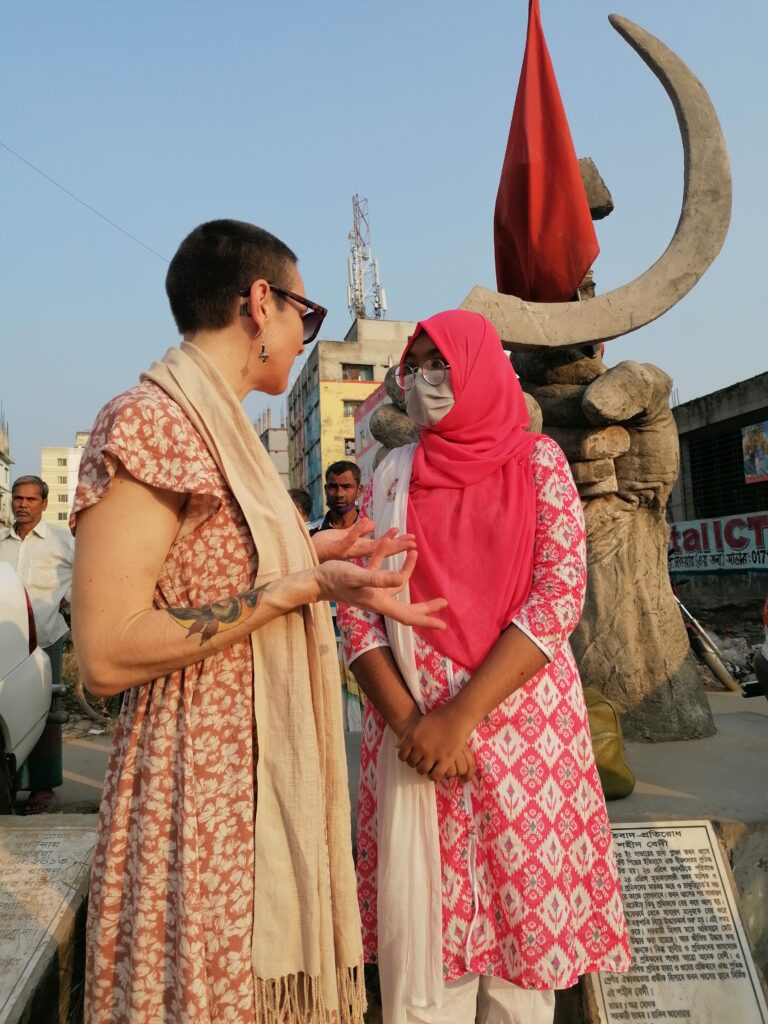
Lavinia Muth meets survivors of the Rana Plaza disaster.
These bureaucratic changes might seem minor compared to the emotional impact of Rana Plaza. But they matter. With stronger collective bargaining rights, workers might not have been forced into the building on that fateful day in 2013.
Chowdhury remains skeptical about these reforms: “While these mechanisms may have improved structures to a limited extent, they largely ignored workers’ everyday suffering. They overlooked smaller accidents, invisible cost-cutting, dehumanising practices, and infrastructural deficiencies. This includes corruption during audits, inadequate enforcement of labour standards, and lack of genuine unionisation opportunities. Essentially, the Accord and Alliance allowed Western brands to deflect direct responsibility—an outcome that remains deeply problematic.”
Dual Tragedies
Twelve years later, Rana Plaza represents two tragedies. The first: entirely preventable loss of human life on an enormous scale. The second, perhaps equally shameful: how little has been done to ensure it never happens again.
(Photography provided courtesy of Lavinia Muth.)

